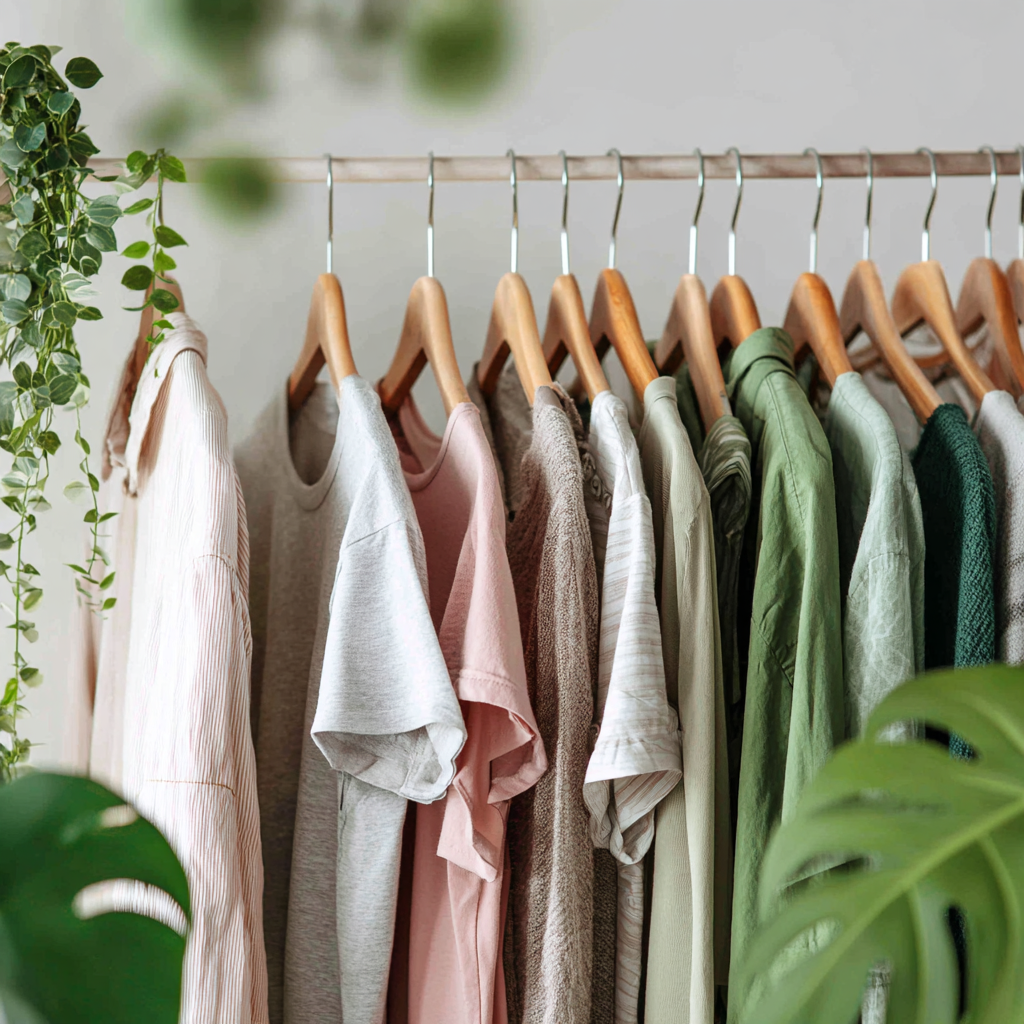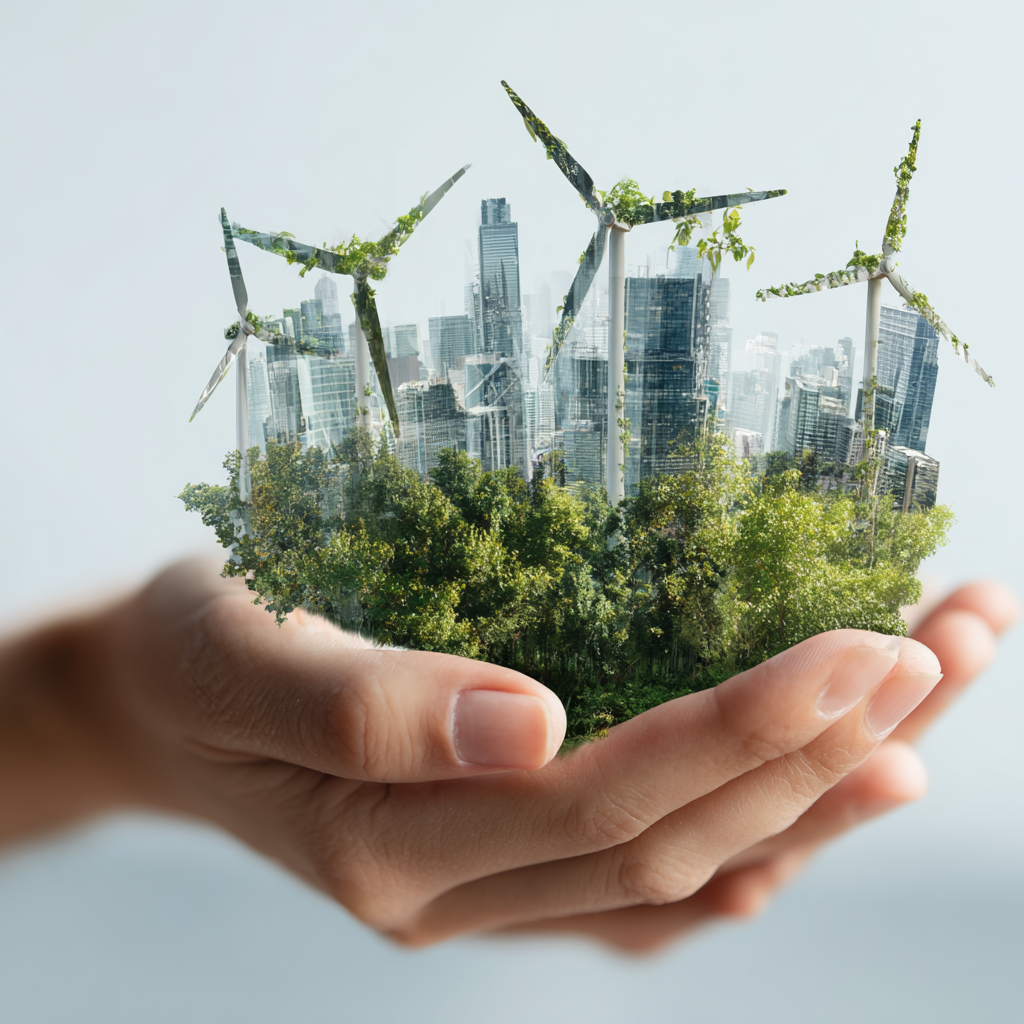The True Cost of Your Clothes and How to Build an Eco-Friendly Wardrobe
Fashion is an integral part of our identity, culture, and daily lives. Yet, behind the glitz and glamour of the fashion industry lies a significant environmental and social footprint. The rise of fast fashion has led to overproduction, excessive waste, and exploitative labor practices, making it one of the most polluting industries in the world. Sustainable fashion offers a transformative alternative—one that respects people, animals, and the planet.
This comprehensive guide explores the true cost of your clothes, why sustainable fashion matters, and practical steps to build an eco-friendly wardrobe that aligns with your values.
The Hidden Costs of Fashion
Environmental Impact
• Water Consumption: Producing a single cotton T-shirt can require up to 2,700 liters of water—enough for one person’s drinking needs for 900 days.
• Pollution: Textile dyeing is the second-largest polluter of clean water globally, releasing toxic chemicals into rivers and oceans.
• Waste: Globally, over 92 million tons of textile waste are generated annually, much of which ends up in landfills or incinerators.
• Carbon Emissions: The fashion industry accounts for approximately 10% of global carbon emissions, more than international flights and shipping combined.
Social Impact
• Labor Exploitation: Many garments are produced in countries where workers face poor wages, unsafe conditions, and lack of labor rights.
• Fast Fashion Pressure: The demand for cheap, trendy clothes encourages rapid production cycles, often compromising quality and ethical standards.
What Is Sustainable Fashion?
Sustainable fashion seeks to minimize the environmental and social impacts of clothing production and consumption. It embraces principles such as:
• Ethical sourcing: Fair wages, safe working conditions, and respect for human rights.
• Eco-friendly materials: Organic cotton, hemp, recycled fibers, and low-impact dyes.
• Durability and timeless design: Creating clothes that last and transcend trends.
• Circularity: Designing for reuse, repair, recycling, and reducing waste.
How to Build an Eco-Friendly Wardrobe
1. Buy Less, Choose Better
Quality over quantity is the cornerstone of sustainable fashion. Invest in well-made pieces that will last for years rather than disposable fast fashion items.
• Look for natural, organic, or recycled materials.
• Choose timeless styles instead of fleeting trends.
• Support brands with transparent, ethical practices.
2. Shop Secondhand and Vintage
Buying pre-loved clothes extends the life of garments and reduces demand for new production.
• Explore thrift stores, consignment shops, and online resale platforms.
• Organize clothing swaps with friends and community groups.
3. Care for Your Clothes
Proper care extends garment life and reduces waste.
• Follow washing instructions carefully to avoid damage.
• Use cold water and eco-friendly detergents.
• Repair minor damages like loose buttons or small tears.
• Avoid over-washing; airing out clothes can refresh them.
4. Choose Sustainable Brands
Research and support brands committed to sustainability.
• Check certifications like GOTS (Global Organic Textile Standard) or Fair Trade.
• Look for transparency about supply chains and materials.
• Prioritize local and small-scale producers when possible.
5. Embrace Minimalism and Capsule Wardrobes
A minimalist wardrobe focuses on versatile, essential pieces that mix and match easily.
• Plan outfits around a limited number of high-quality items.
• Reduce decision fatigue and clutter.
• Encourage mindful consumption.
6. Recycle and Donate Responsibly
When clothes are no longer wearable:
• Donate to charities or textile recycling programs.
• Avoid sending clothes to landfill or incineration.
• Upcycle old garments into new items or cleaning rags.
The Role of Technology and Innovation
Innovations are transforming sustainable fashion:
• Biofabrication: Lab-grown leather and textiles reduce resource use.
• Recycling technologies: Chemical recycling breaks down fibers for new fabric.
• Blockchain: Enhances supply chain transparency.
• Rental and subscription models: Allow consumers to enjoy fashion without ownership.
Overcoming Challenges in Sustainable Fashion
|
Challenge |
Solution |
|
Higher upfront costs |
Consider long-term savings and invest in key pieces; explore secondhand options. |
|
Limited availability |
Use online platforms and local boutiques; support emerging sustainable brands. |
|
Lack of knowledge |
Educate yourself through documentaries, books, and ethical fashion blogs. |
|
Fast fashion temptation |
Practice mindful shopping and focus on your values and goals. |
Why Your Choices Matter
Every garment you buy is a vote for the kind of world you want to live in. By choosing sustainable fashion, you help:
• Reduce pollution and conserve water.
• Improve labor conditions worldwide.
• Support innovation and ethical business models.
• Inspire others to rethink consumption.
Conclusion: Fashion with a Conscience
Building an eco-friendly wardrobe is a journey, not a destination. It requires awareness, intention, and patience. But the rewards—a healthier planet, fairer societies, and a wardrobe you truly love—are worth every step.
Start Your Sustainable Fashion Journey Today
• Audit your current wardrobe and identify what you truly wear.
• Commit to buying one sustainable or secondhand item this month.
• Learn about the brands you support and ask questions.
• Share your journey with friends and family to inspire change.
Hi, I’m Adrian — a passionate learner and advocate for positive change. I’m new to blogging, but I’m here to inspire and grow together with you. Every post is a step on this journey, and I truly appreciate your support and feedback. Let’s #BeTheChange ☀️🕊️







